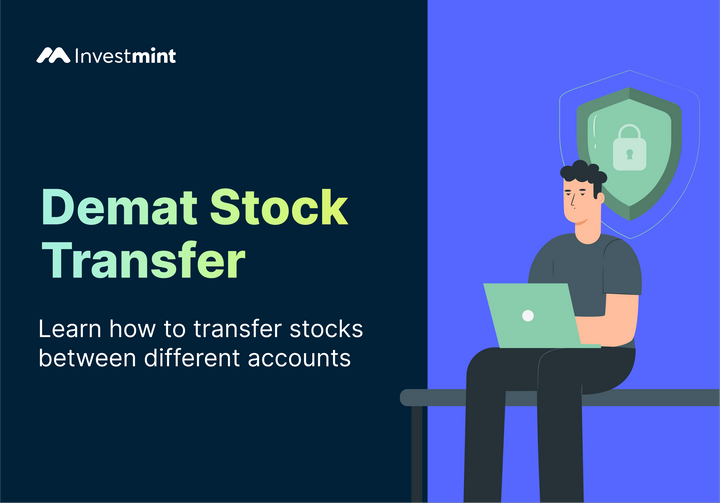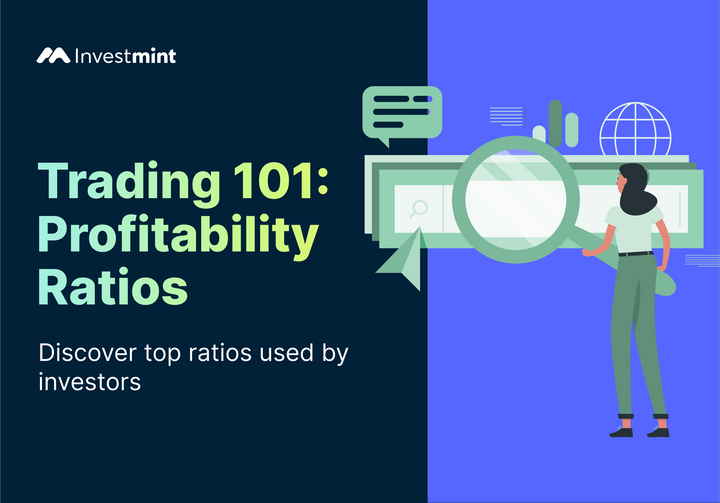Passive Trading: Definition, Strategies & Examples
Explore Passive Trading: Definition, Strategies & Examples—a simple, low-cost investment approach for long-term financial goals.

Introduction
Passive trading may be a good option if you're interested in investing but don't have the time or expertise to manage your portfolio actively. In this article, we'll explore passive trading, its strategies, and some examples to help you make an informed decision.
What Is Passive Trading?
First, let's know about passive trading. In simple terms, it is a buy-and-hold investment strategy that involves investing in a diversified portfolio of assets and holding them for the long term. The goal is to trust and invest in an asset class with SIP or a lumpsum method rather than modifying the trade. This approach requires minimal trading and hence involves lower fees, making it an attractive option for those who prefer a more hands-off approach.
Passive Trading vs Active Trading
In contrast to active trading, which involves frequent buying and selling securities to achieve higher returns, passive trading is more of a one-time approach.
Active trading is also associated with higher fees and requires more time and expertise than passive trading. While active traders potentially achieve higher returns, they also risk losing money in the process.
In contrast, passive traders have a more stable investment strategy that aims to achieve long-term returns without added risk. So, if we had to summarise the above two, active trading relies more on technical analysis than fundamental, enabling you to make daily to monthly trading decisions. On the other hand, passive investing relies more on fundamental accounting than technical, which guides you to stay invested in an asset irrespective of its short-term performance. We have written a detailed article on active investing, which you can check out here.
Strategies For Passive Trading
So, with the basic idea of investing for the long term, you can strategise your investments by:
- Buy and Hold: In this strategy, investors purchase a diversified portfolio of assets and hold them for the long term, usually years or even decades. Some instruments well-known for buy-and-hold strategies are index funds like the NIFTY 50, which tracks the performance of the top 50 companies listed on the NSE.
A similar buy and hold strategy can be implemented by investing in ETFs and Index Funds like Nifty Bank, Nifty FMCG, etc, that only invest in companies of a particular industry. Thus, for example, if you have good hopes for renewable energy, you can find a fund that invests in companies focusing on greener alternatives to fossil fuels and stay invested until your profit pans out. - Dollar-Cost Averaging: This strategy involves investing a fixed amount of money at regular intervals (Like a SIP), regardless of market conditions. By doing so, investors can take advantage of fluctuations in the market to buy more shares when prices are low and fewer shares when prices are high, which can help to minimise risk and maximise returns over time.
Advantages Of Passive Trading
One of the main advantages of passive trading is that it requires minimal time and effort from you. Unlike active trading, which can be time-consuming and require a lot of research and expertise, passive trading involves buying and holding a diversified portfolio of assets over the long term.
This approach typically results in lower fees since less trading is involved. So, you cut on transaction fees, broker fees, and taxes, which you would have faced in active-style trading.
When Is Passive Trading Beneficial?
Passive trading can be beneficial in a variety of scenarios, including:
- Long-term investing: Passive trading is ideal for investors with a long-term investment horizon. And since your funds are invested for years, you can avoid a lot of impulsive decisions due to short-term market conditions.
- Market volatility: Passive trading can help to mitigate the effects of market volatility by minimising the impact of short-term market fluctuations. By holding on to your investments, you are not bothered by the daily market hiccups, saving you any unnecessary stress.
- Lower fees: Since passive trading involves less trading and portfolio turnover, it typically results in lower fees than active trading. Besides these, it is subjected to a lower tax slab rate, as explained below.
Taxes On Passive Investments In India:
In India, passive investments such as index funds and exchange-traded funds (ETFs) are taxed based on their holding period. If an investor holds these funds for less than one year, they are subject to short-term capital gains tax at a rate of 15%. If held for over a year, they are subject to long-term capital gains tax, which is at a rate of 10% on the gains above INR 1 lakh.
Additionally, taxes up to a profit of LTCG tax are exempt from any yearly taxes. Moreover, if you invest in long-term funds like ELSS mutual funds, you can avail of a tax deduction of up to Rs 1.5 lakhs under Section 80C of the Income Tax Act.
Examples Of Passive Trading In India
Examples like Asian Paints, TCS, HDFC Bank, and Reliance Industries were great investing choices during the late 1900s. All that was needed to make the investment decision was to understand the fundamental business of these companies and study these industries and their future scope. Once you have done that, you only need to buy and hold these companies long-term.
Conclusion
Passive trading is a simple, cost-effective investment strategy that provides a relatively carefree trading style. Investing in index funds or other passive investment vehicles can benefit from the market's long-term growth while minimising costs and risks. Passive trading can effectively achieve your investment goals whether you're a seasoned investor or a beginner.



